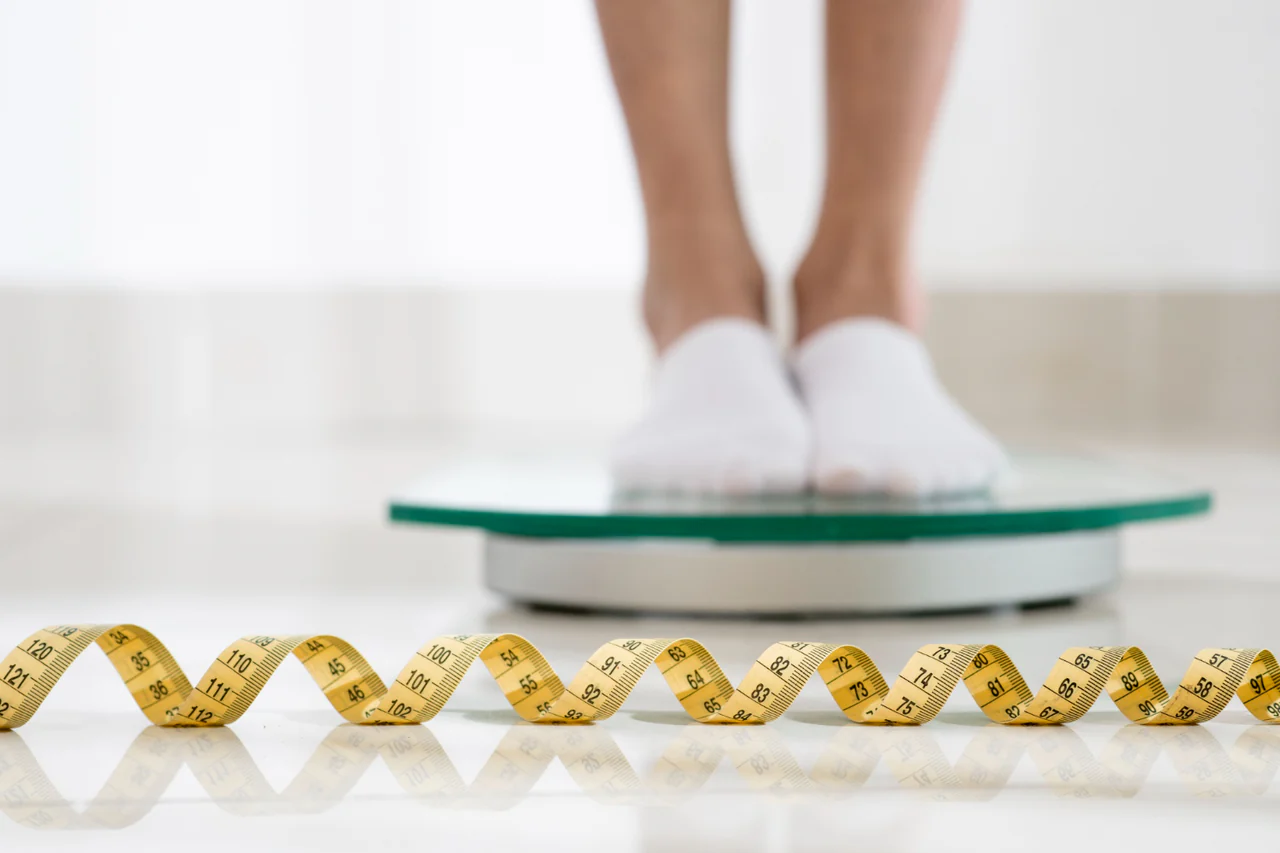Menopause and Hormonal Imbalance or How Menopause Can Lead to Osteoporosis
Introduction
Menopause is a natural stage in a woman’s life, typically occurring between the ages of 45 and 55. During this period, the ovaries significantly reduce the production of sex hormones, particularly estrogen. This hormonal shift not only causes symptoms like hot flashes, night sweats, and mood changes but also has a profound impact on bone health. One of the most serious consequences of menopause is bone density loss, which increases the risk of osteoporosis.
This article explores the role of estrogen in calcium balance, its effect on osteoclasts (bone-resorbing cells), and the function of parathyroid hormone (PTH) in regulating blood calcium levels. We will explain how these processes contribute to decreased bone density during menopause.
Estrogen Decline and Its Impact on Bone Health
Estrogen is a crucial hormone that helps maintain calcium balance and bone strength. It directly influences bone cells and inhibits the excessive activity of osteoclasts, which are responsible for breaking down bone tissue.
What Are Osteoclasts?
Osteoclasts are specialized bone cells that break down old bone tissue and release calcium into the bloodstream. This process is essential for bone remodeling, which replaces old bone with new tissue. However, when osteoclasts become overly active, bone breakdown outpaces bone formation, leading to reduced bone density.
Before menopause, estrogen helps regulate osteoclast activity, preventing excessive bone resorption. However, as estrogen levels decline during menopause, this regulation is lost, leading to increased osteoclast activity. Consequently, bone density decreases, and the risk of fractures rises.
The Role of Parathyroid Hormone (PTH) in Calcium Regulation
Parathyroid hormone (PTH) is secreted by the parathyroid glands and plays a critical role in maintaining blood calcium levels. When calcium levels drop, PTH is released and increases calcium levels through three primary mechanisms:
- Stimulating osteoclasts to break down bone and release calcium into the blood
- Enhancing calcium absorption in the intestines with the help of vitamin D
- Reducing calcium excretion by the kidneys
In postmenopausal women, due to decreased estrogen levels, the body becomes more reliant on osteoclast activation. As a result, PTH contributes to faster bone resorption, further decreasing bone density and increasing the risk of osteoporosis.
Why Does Menopause Lead to Osteoporosis?
Several factors contribute to the increased risk of osteoporosis during menopause:
- Estrogen decline: Leads to increased osteoclast activity
- Enhanced bone breakdown by PTH: Due to the body’s need to maintain blood calcium levels
- Reduced calcium absorption in the intestines: Caused by lower estrogen and vitamin D levels
- Age-related bone mass loss: Bone density naturally decreases with aging, even without menopause
These combined factors make postmenopausal women more susceptible to fractures, particularly in the spine, hips, and wrists.
Conclusion
Menopause leads to significant hormonal changes that disrupt calcium balance and negatively impact bone health. The decline in estrogen results in increased osteoclast activity, and along with PTH’s effects, this contributes to bone loss and a higher risk of osteoporosis. However, with proper nutrition, regular exercise, and medical interventions when necessary, women can reduce the risk of osteoporosis and maintain healthy bones as they age. In another article we have discussed about the prevention ways.
Dr.Siamak Sedghi Masoud





